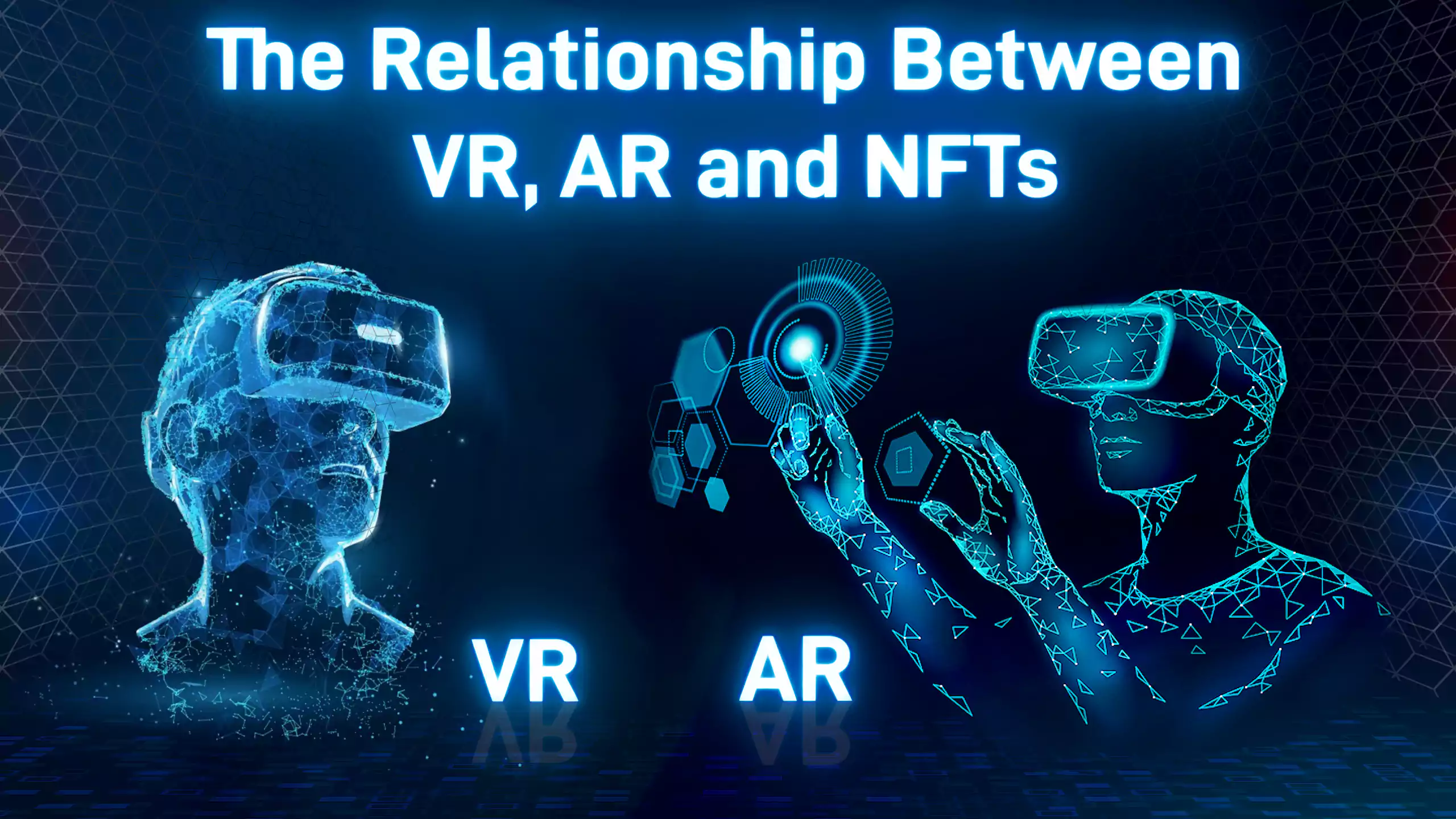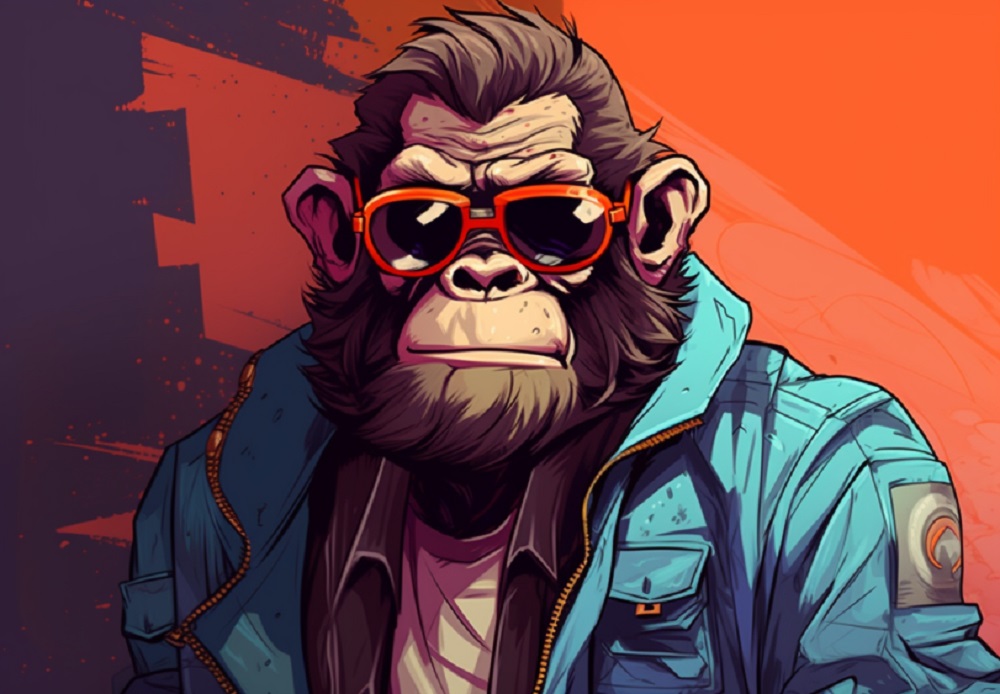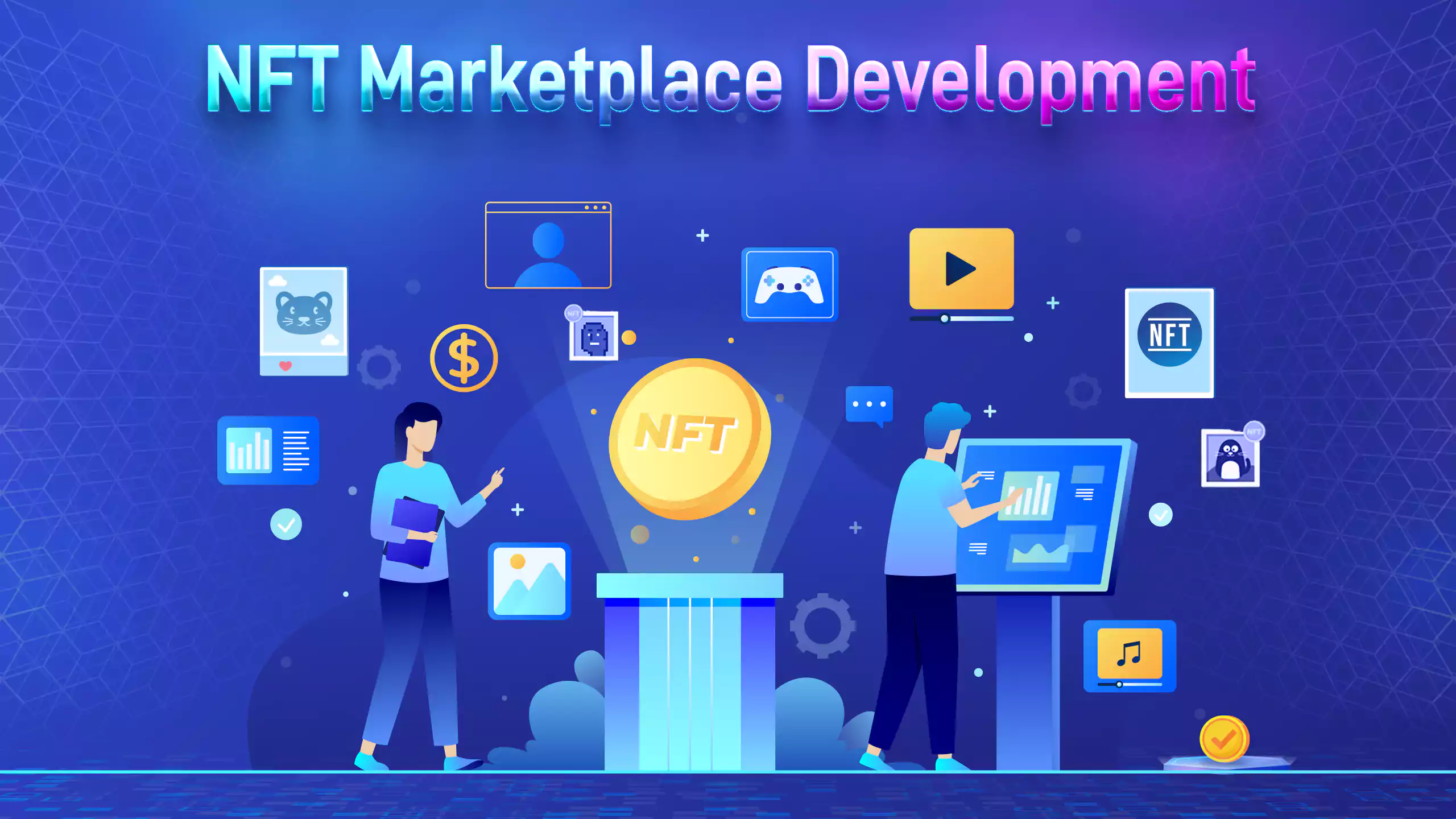In 1995, Robert Metcalfe predicted that the internet was not sustainable and would die in 1996. Twenty-seven years later, the internet is not only still active; almost every Tom, Dick, and Harry -whether young or old - uses the internet.
Through the years, the internet has grown from being just a medium of communication through words to being a medium for sharing content and connecting with people via pictures and videos.
The internet is evolving into its best form yet, known as Web3.0. This stage features decentralization, community, and a much closer connection. A big part of Web3.0 coming into fruition is something unique called NFTs. Short for a non-fungible token, an NFT is a unit of digital data stored on the blockchain. NFTs are to digital assets what certificates of ownership are to physical assets.
NFTs have been growing for years, and in 2021, they took off, attracting more people into the space and making people, especially artists and collectors, a lot of money.
Although many people identify NFTs as photos of artworks and computer-generated jpegs of apes, cats, robots, and many more, NFTs have uses that transcend all these.
Another primary and fascinating reason NFTs are important and here to stay is that NFTs are being integrated with Virtual Reality and Augmented Reality.
This article will look at the nexus between NFTs, Virtual Reality (VR), and Augmented Reality (AR) and how NFT projects are using them to create genuinely stellar innovations.
Differences Between VR and AR
While VR is the complete immersion into a virtual or digital world that doesn't exist in the real world, AR adds a layer of virtual Reality to the real world.
VR is based on a virtually created world. Currently, people are usually able to access a virtual world using a VR headset. When people use the VR headset in a VR-enabled environment, they stop seeing the natural world and instead see themselves as participants in this new (virtual) world.
Notwithstanding whether they're watching a virtual movie or playing a virtual game, or any other virtual activity, the individuals become fully immersed in that world and think of the occurrences as happening to them in real-time.
On the other hand, AR is not a total immersion into the virtual world. Instead, it creates a connection between the real world and the virtual world by adding things from the virtual world as extensions in the real world. This way, users can see those items as part of the real world in an environment, body or phase.
An example of VR is a VR game that is a fully immersive experience, while an example of AR is the Snapchat AR filters that you can place on a person's picture.
VR and AR technologies have been in existence for years, and with the creation of Web3.0, the Metaverse, and particularly NFTs, they are even more helpful for technological advancement.
How NFTs Integrate with AR and VR
Since NFTs became a thing, they have primarily been in the form of 2D creations. While these are great, collectors and investors cannot interact with them for maximum utility.
To create a better experience for this to happen, VR and AR NFTs are becoming increasingly popular.
VR NFTs
One cannot contest how much better and more exciting having VR NFTs would be. This is mainly for P2E blockchain games.
Gaming items, skins, avatars, etc. are an essential part of blockchain gaming as they are made into NFTs, thus increasing the utility to the players of the game. These NFTs are unique and can be sold on NFT marketplaces for digital money.
VR NFTs are a step higher than regular NFTs as holders will own them as investments and be able to experience them in games and Metaverses.
A VR NFT shirt, for example, will not just be a gaming item that the players store in their wallets as NFTs. Instead, these players will also be able to experience wearing the shirt as an active part of their life on VR games and Metaverses.
VR NFTs take NFTs from being collectible items for fun and investment purposes to being real virtual world items the collectors can interact with to further immerse themselves in gaming universes and Metaverses.
AR NFTs
How would it be if people could interact with their NFTs in the real world? Although NFTs are digital, what if collectors could interact and showcase their collections in their homes or on themselves? This is possible with AR NFTs.
With AR NFTs, collectors can have a better utility experience by interacting with and experiencing their NFTs as a part of the real world instead of just storing them in wallets.
Following how much potential and utility VR and AR NFTs have, some NFT projects have begun to create VR and AR NFTs.
AR and VR NFT Projects
VibeHub
VibeHub is an environment that utilizes the coin Vibe for "holoportation". Individuals in different disciplines such as music, art, etc can create their holographic images which can be captured in live environments and streamed around the world by fans.
This was created to enhance users' experiences and to make them feel like the activities are happening right in their presence.
Virtual Surrealist Furniture
Designer Andres Reisinger auctioned a VR NFT furniture that can be used in any virtual space on the Metaverse. Sold for over $500,000, it can be used in Metaverses such as Decentraland, Minecraft games, etc.
Atari 3D Sneakers NFT
How would it feel to be able to see how perfectly a fashion accessory would fit before buying it? This is the aim of this project by Atari. Its essence is for buyers to be able to try on NFT sneakers via Snapchat and have a feel of how the sneakers look. After purchase, buyers will be able to show their purchase off in various Metaverses.
Conclusion
As the NFT industry rapidly grows, various project creators are continuously testing ways they can make their NFTs more valuable to their buyers. A very effective way to do this is through VR and AR NFTs.
VR and AR are Extended Reality technologies gaining ground for years. When combined with the powerful NFT technology, and used more widely in several projects, their impact on the blockchain industry and indeed Web3.0 will be tremendous.






